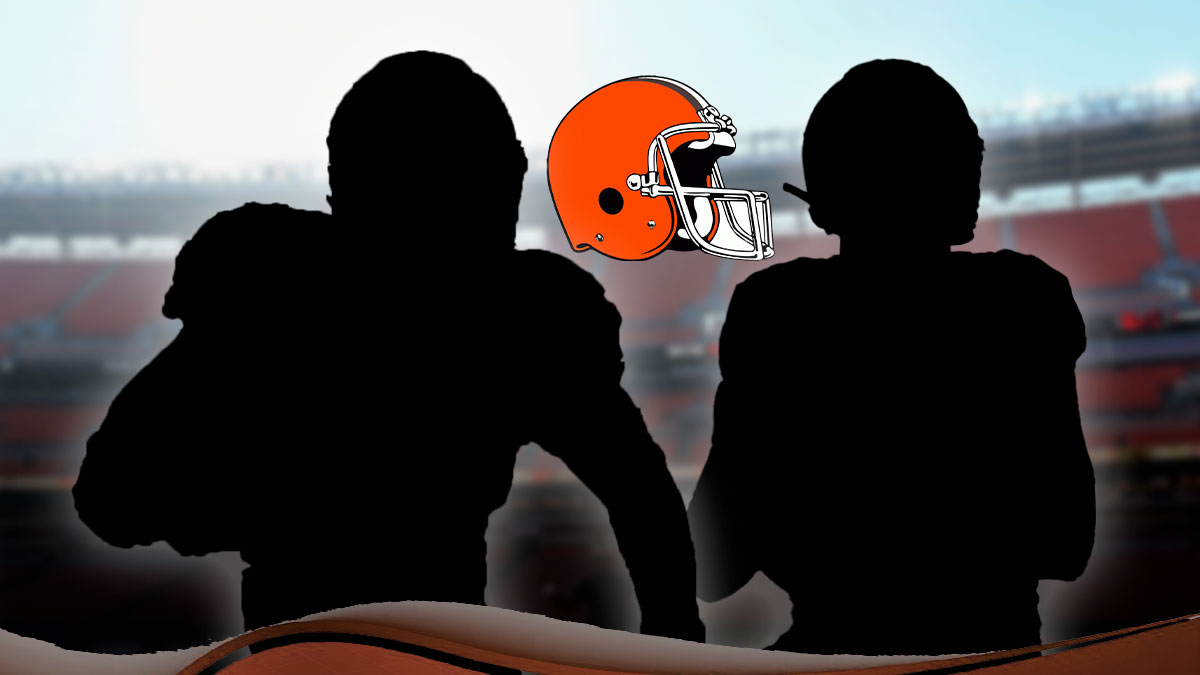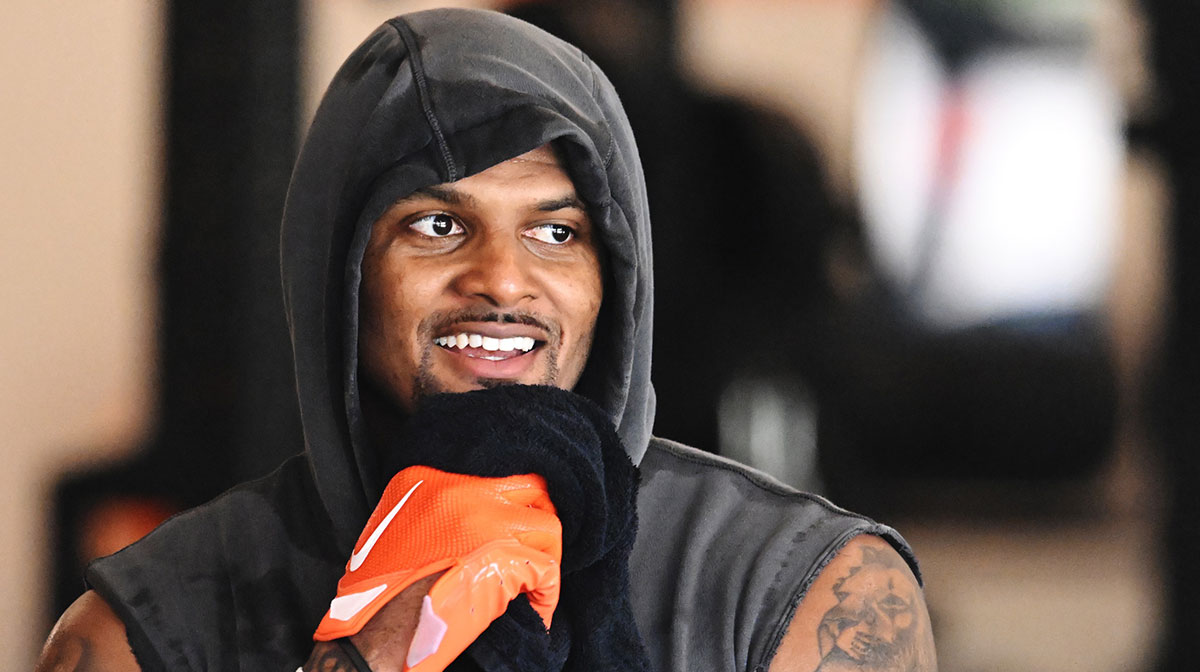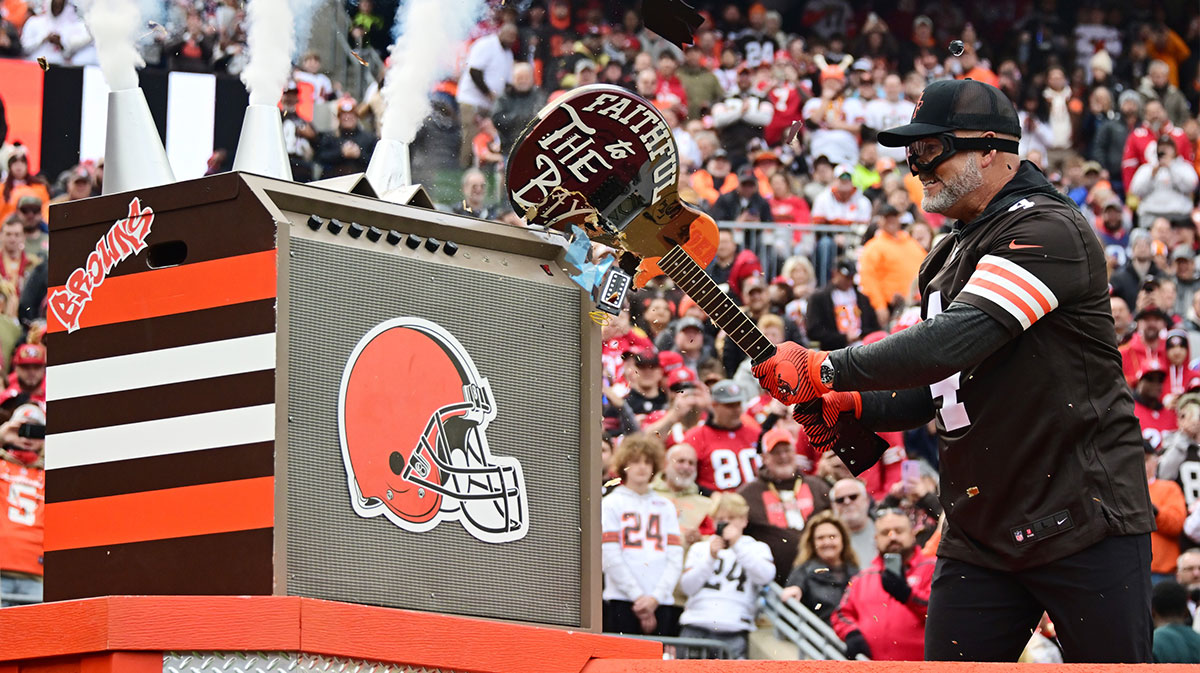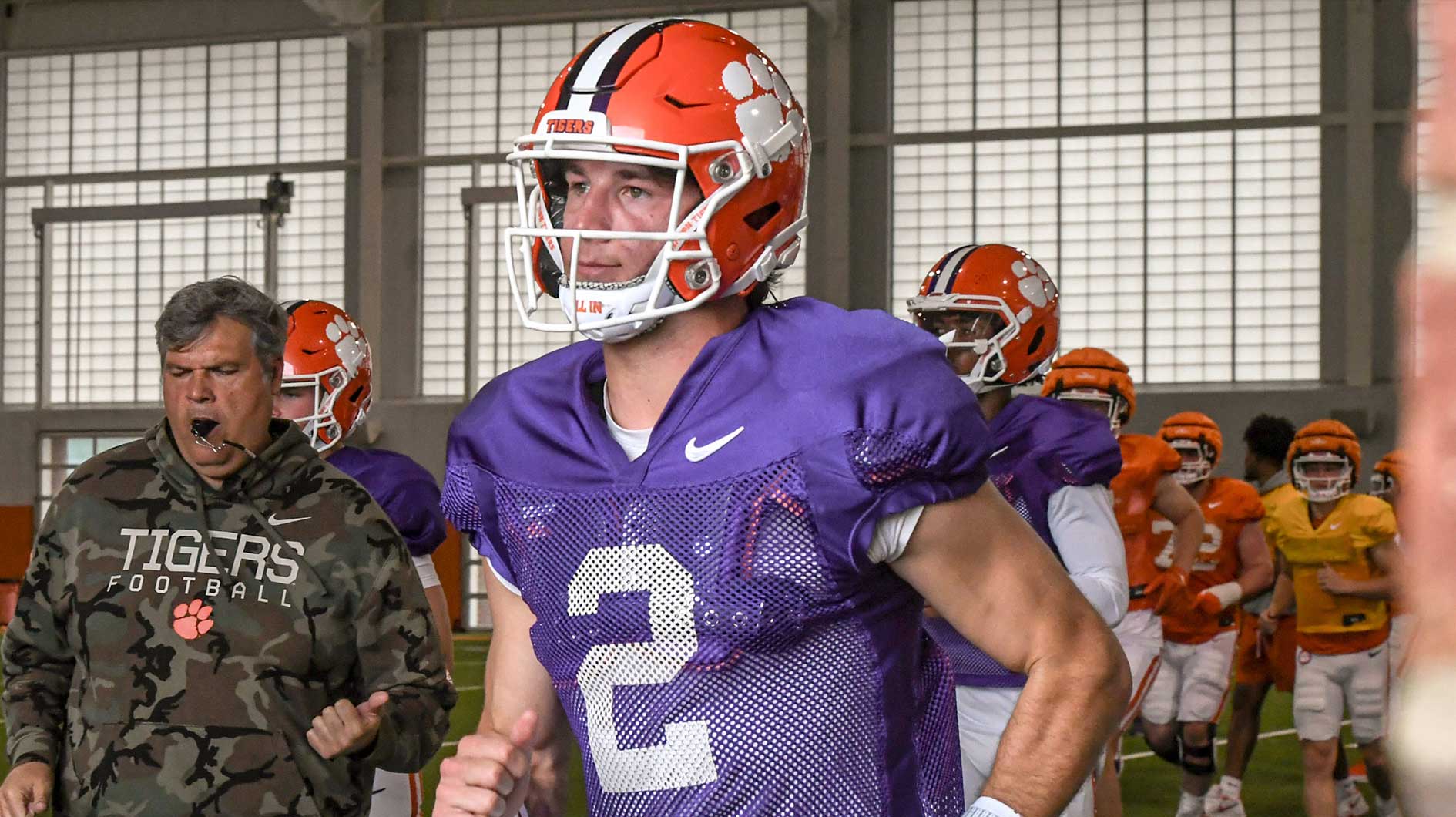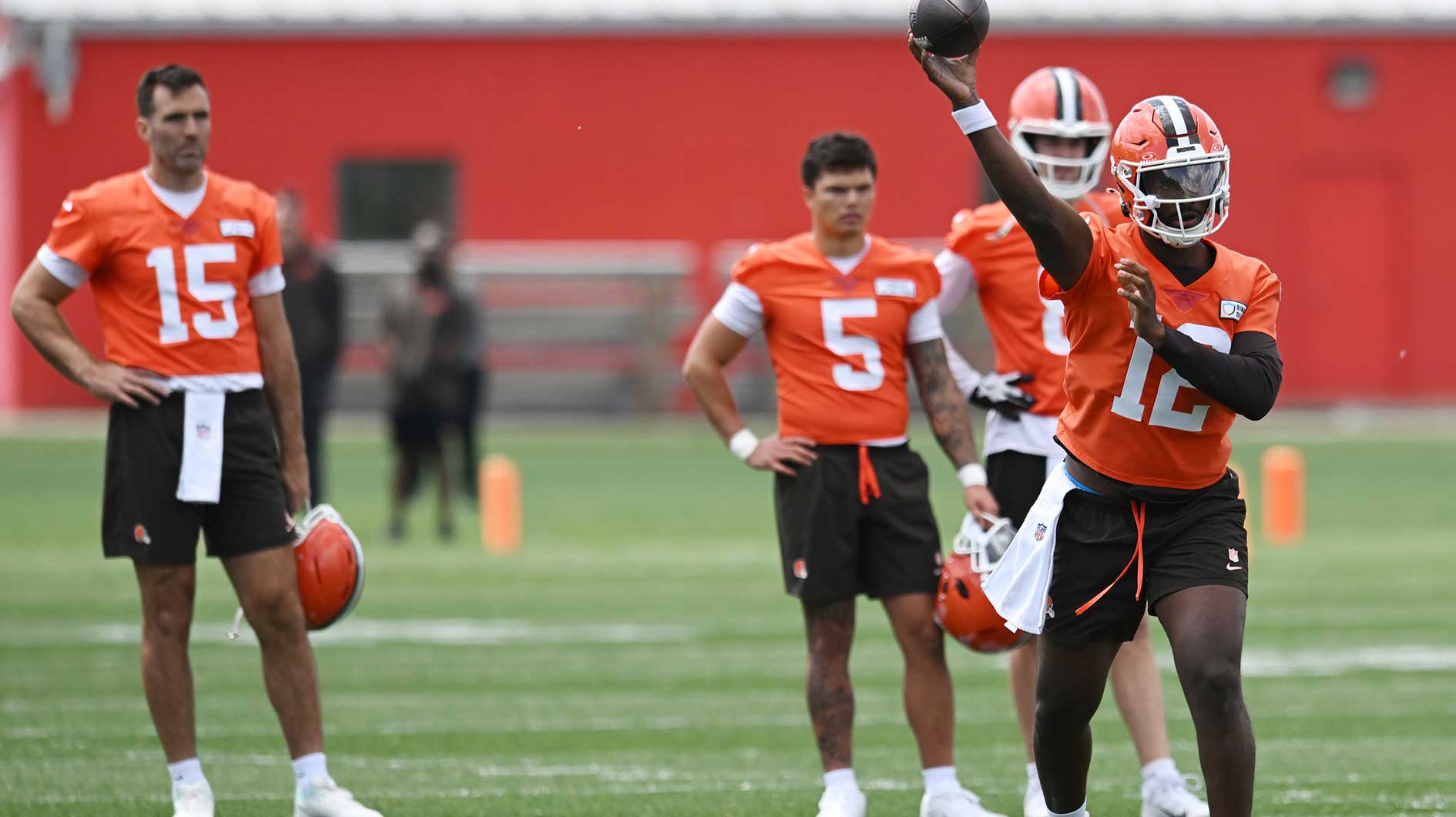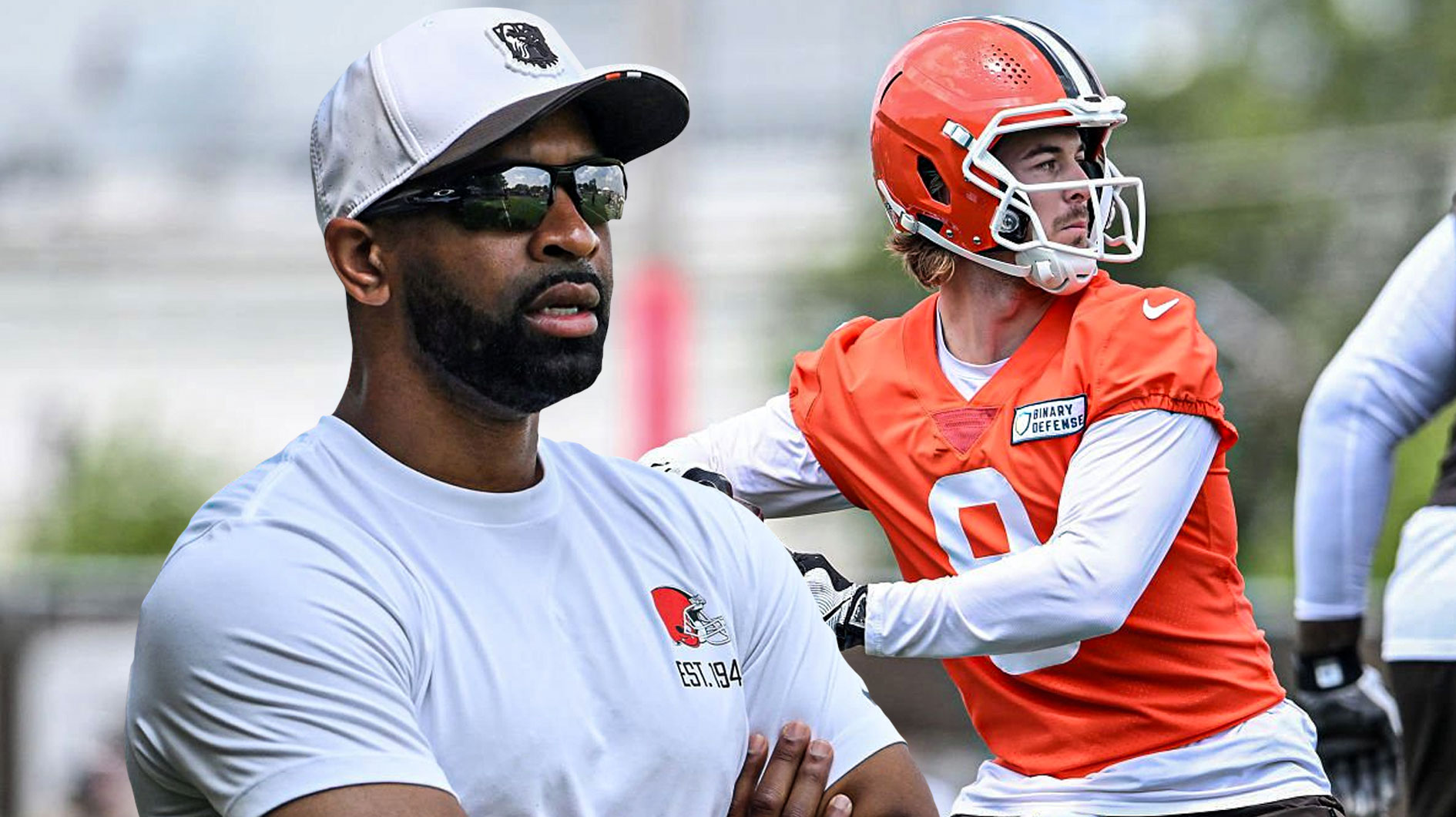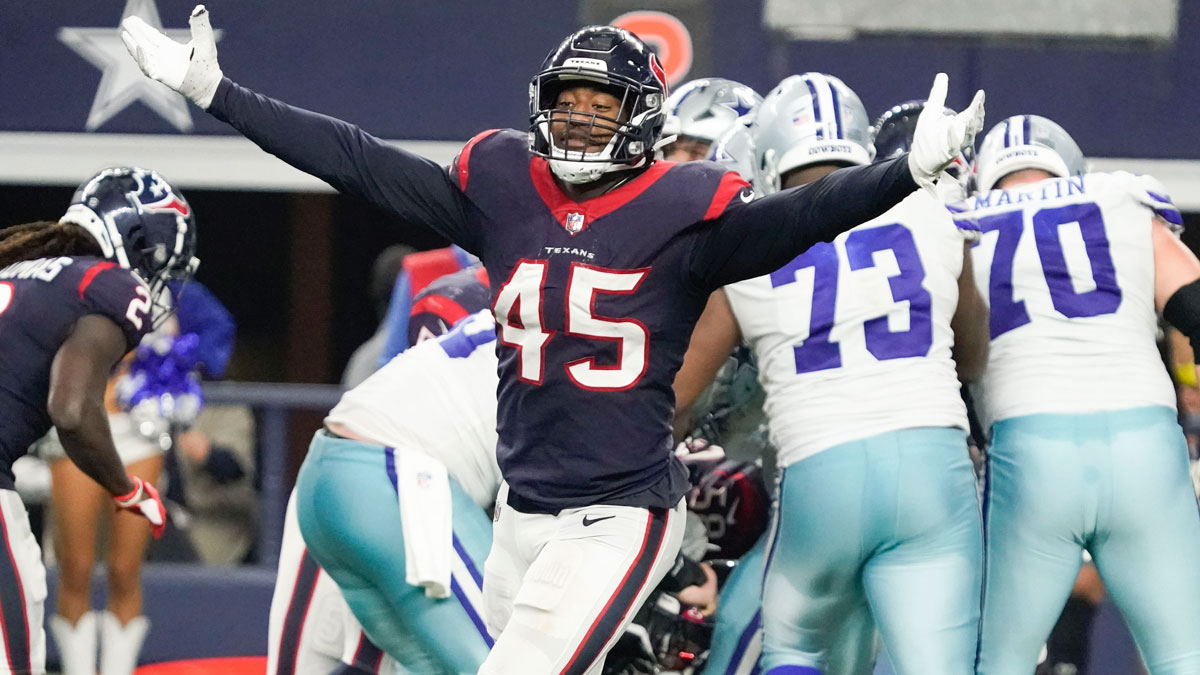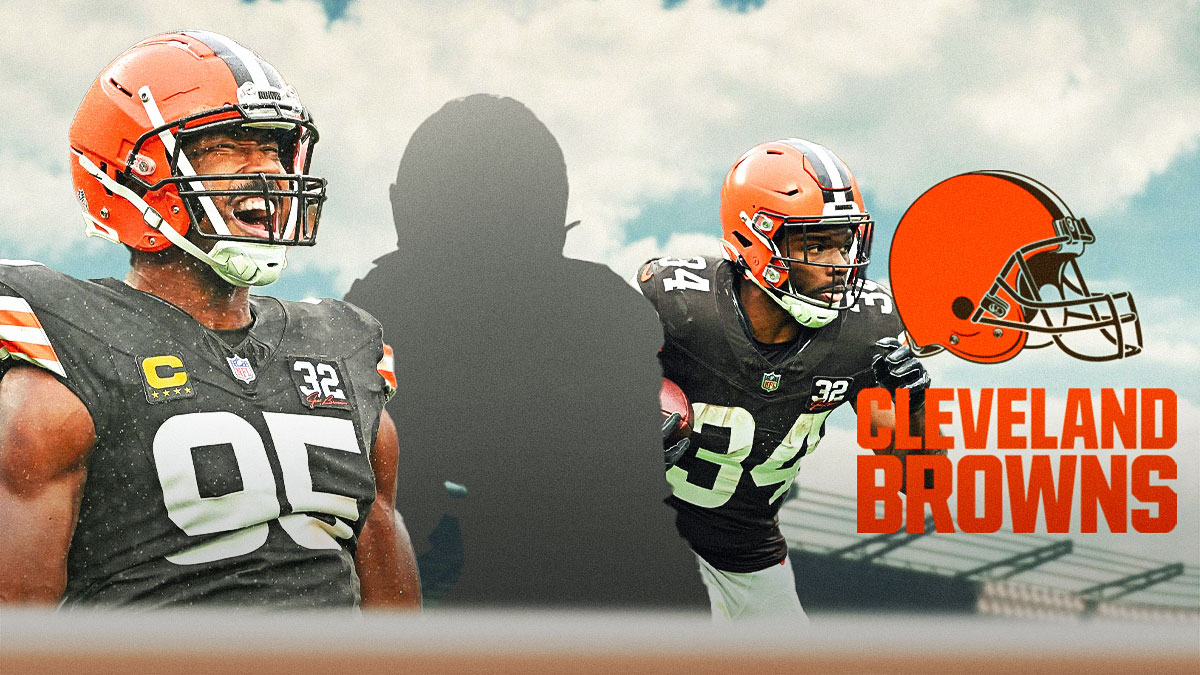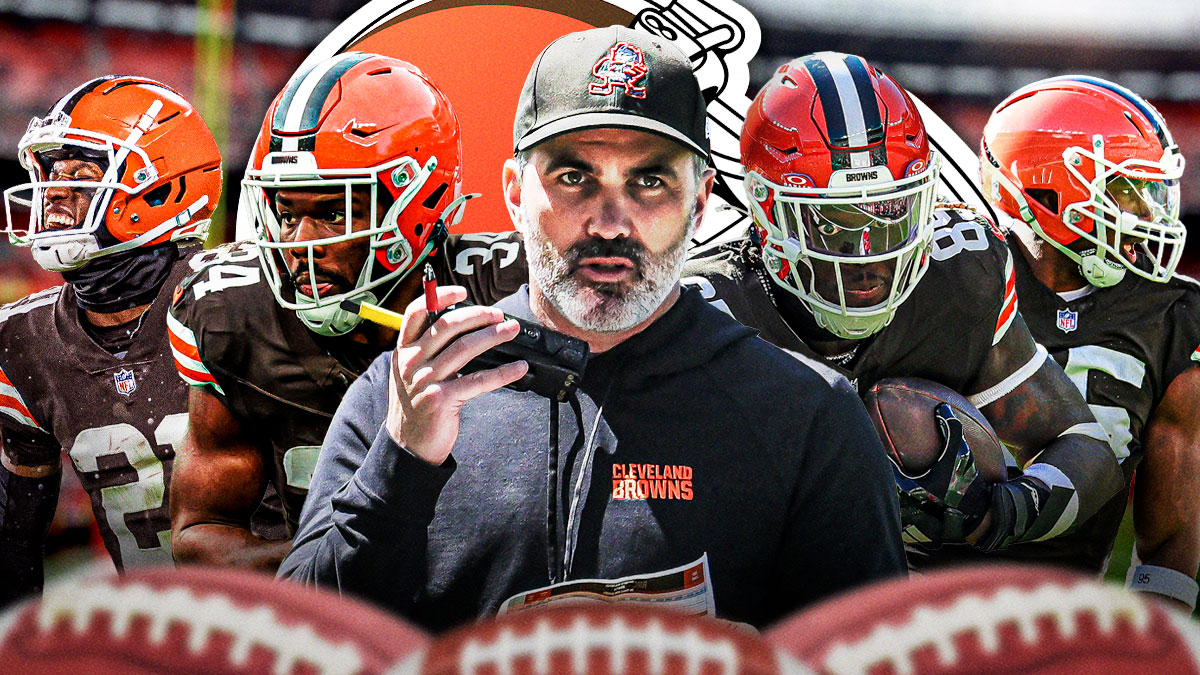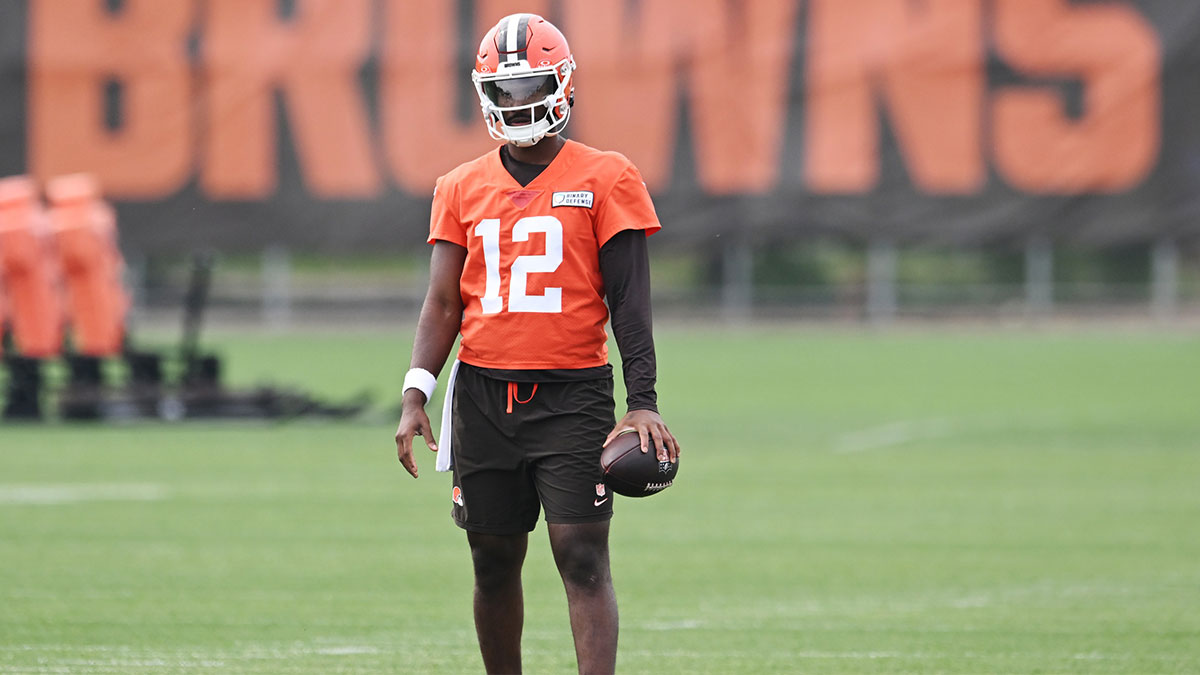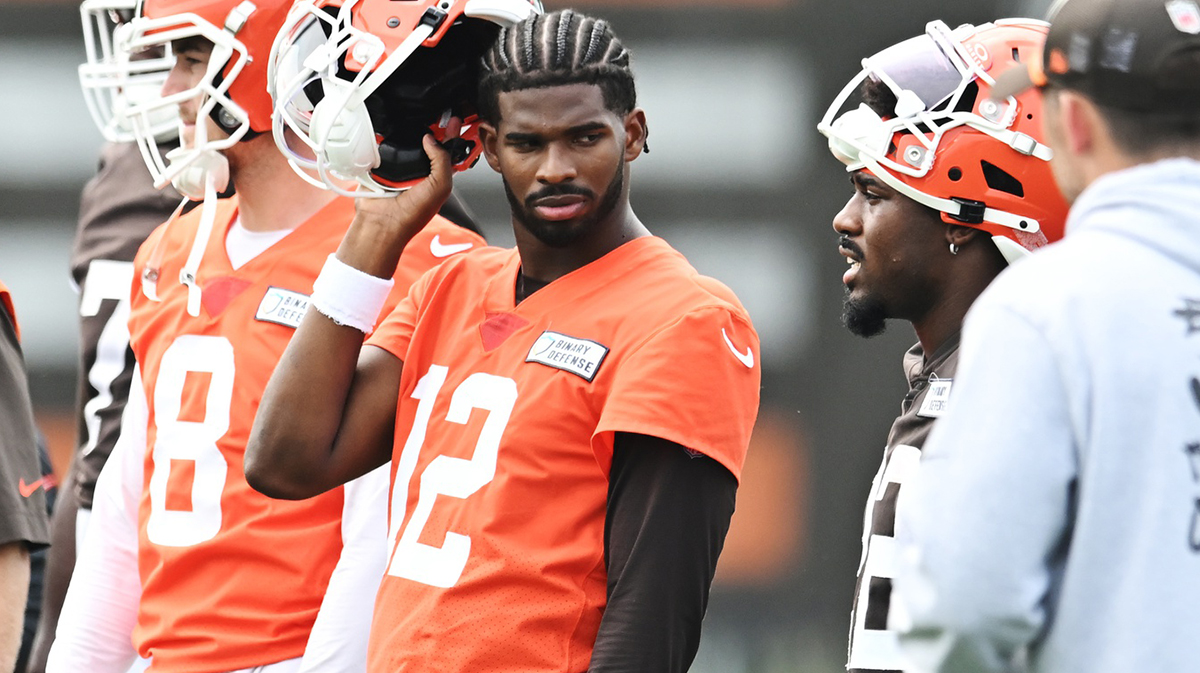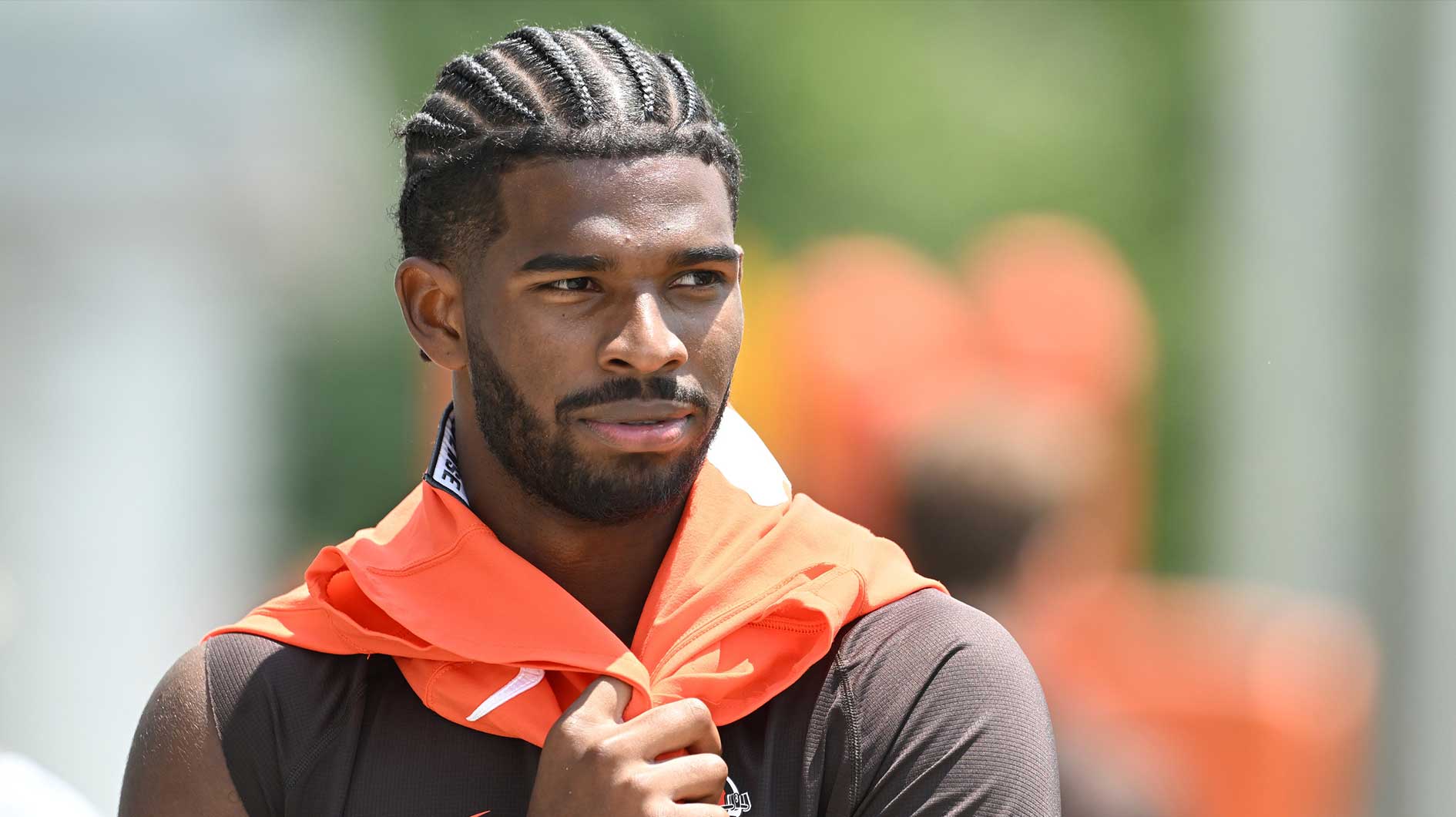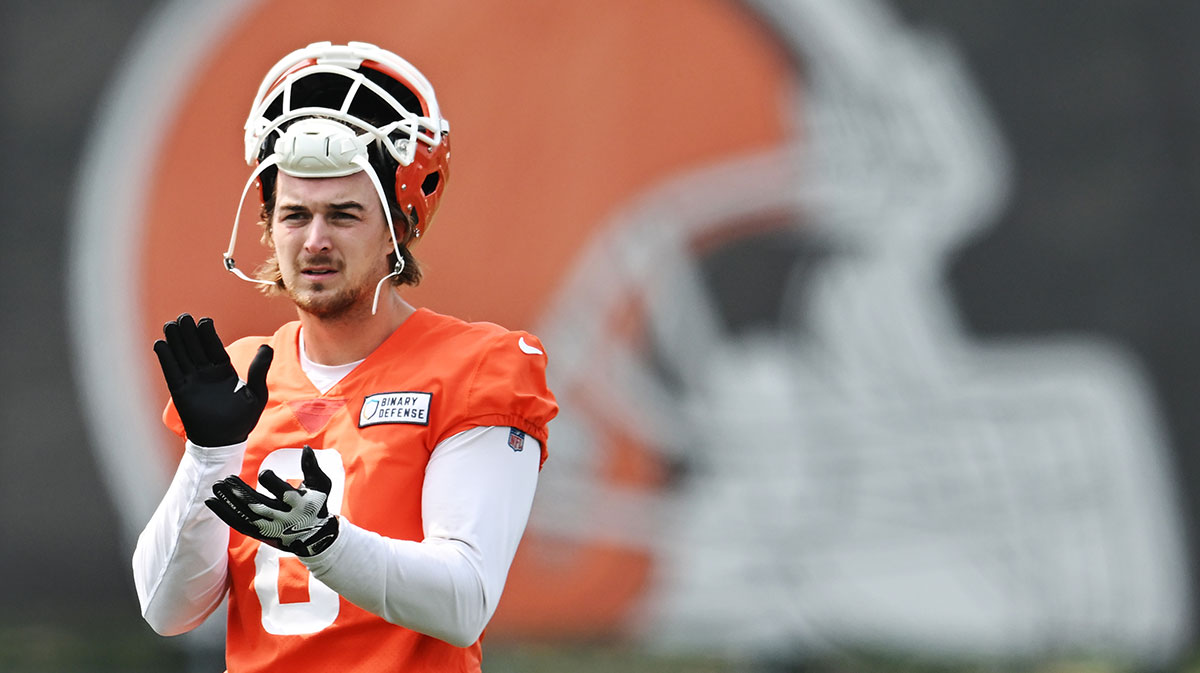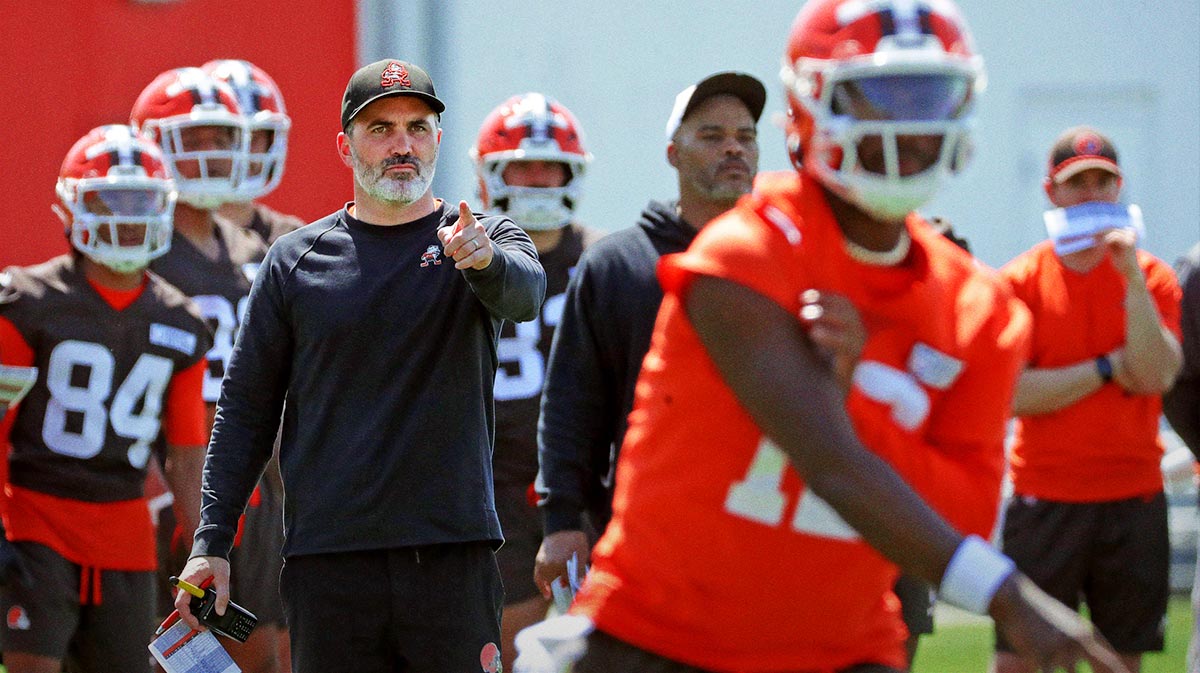It's been said many times before, but in spite of their current on-field play, the Cleveland Browns have a bright future ahead of them. At 2-5-1, the team is struggling, and turmoil involving now former head coach Hue Jackson and offensive coordinator Todd Haley divided the locker room.
However, even with all of the dysfunction, Cleveland is set up well with a strong talent core and a plethora of late-round picks and cap space. This is thanks to the efforts of former general manager Sashi Brown and Chief Strategy Officer Paul DePodesta, who has worked with John Dorsey to give the Browns a fighting chance moving forward.
DePodesta was hired by Cleveland as CSO in 2016. The hire received some fanfare, as DePodesta was a well-known figure, just not in the NFL. In 1999, he joined the Oakland Athletics as assistant general manager and also had front office stints with the Los Angeles Dodgers, San Diego Padres, and New York Mets. DePodesta's reliance on advanced statistics and sabermetrics to make personnel decisions made him a major character in the 2003 book Moneyball and the 2011 film adaptation, in which he was portrayed by Jonah Hill.
Shifting to the gridiron

DePodesta brought his analytical approach to the NFL, and along with Brown, he quickly began assessing the situation. Many pundits and even anonymous members of other front offices were amused, as many thought that analytics wouldn't work in the football due to the extreme unpredictability of the game.
The Browns were coming off of an extremely disappointing 2015 season, and the outlook was bleak. The team was filled with aging and regressing veterans, and Johnny Manziel, the 22nd overall pick from 2014, was imploding on and off the field. Brown and DePodesta decided to gut the roster entirely, and players who played 35% of Cleveland's 2015 snaps were released or traded.
The plan was simple; accept being the worst team in league over the next two seasons in order to gain valuable high draft picks, while playing young players to try and find hidden gems.
Certain risks were taken during that 2016 season, such as signing Robert Griffin III to see if he could recapture the magic of his rookie campaign. That didn't end up happening, and the Browns won only one game during that painful season. However, their suffering earned them the first overall pick in the 2017 NFL Draft, which they used to select pass rusher Myles Garrett, who currently leads in the league in sacks and is a Defensive Player of the Year candidate.
Aside from Garrett, Brown made some fantastic draft picks, and some not-so-great ones. However, the draft was only part of the process.
The previous regime made some pretty brutal mistakes in free agency, handing out big contracts to the likes of Karlos Dansby, Donte Whitner, and Dwayne Bowe, to name a few. Brown and DePodesta aimed to treat free agency differently; they would take advantage of a loophole in the CBA that allowed a certain percentage of unused cap space to “rollover” to the next year, increasing the salary cap for that year.
As long as a team met the cap floor (or the minimum spending requirement) for a given timeframe, they could keep adding onto their future cap space. Once the Browns were ready to compete, they would have plenty of cash to spend on impact players.
Needing to meet this spending floor, Cleveland splurged in the 2017 offseason, signing center J.C. Tretter, guard Kevin Zeitler, and wide receiver Kenny Britt for a total of $109.3 million with the contract lengths being three years, five years, and four years, respectively. The Browns also received a 2018 second-round pick (which would eventually become running back Nick Chubb) in exchange for taking on Brock Osweiler's massive deal from the Houston Texans.
Although Osweiler was cut before the season and Britt released about midway-through, Tretter and Zeitler are still key members of Cleveland's offensive line, and most importantly, the spending floor for the next few years.
While the front office obviously couldn't explicitly state when they intended to field a competitive roster, that year was likely 2019 based on the accumulation of draft picks; the team owned five of the first 64 selections in the 2018 Draft.
However, as the Browns were winding down their 0-16 2017 season, Sashi Brown was fired, replaced by the architect of the Kansas City Chiefs, John Dorsey. DePodesta remained on staff, and the analytical approach was combined with proven talent evaluators.
A new era

Predictably, Cleveland's 2018 offseason was filled with plenty of splashy moves, including trading for WR Jarvis Landry and QB Tyrod Taylor. By the season opener, the roster included just 19 players from last years' team, and that number has fallen to 17 since.
At the beginning of free agency, Cleveland had over $100 million in cap space, with over half of that rolled over from previous seasons. Dorsey and co. decided to spend a large portion of that, including making Jarvis Landry one of the highest paid receivers in the game.
After the additions of Carlos Hyde, Darren Fells, Chris Hubbard, Chris Smith, E.J. Gaines, Terrance Mitchell, and T.J. Carrie, the Browns had added a maximum of $121.5 million in salary over the next five years. Not all of those players have been performing up to their pay, so at first glance, the contract situation doesn't seem all that great. However, a closer look reveals just the opposite.
Currently, the Browns still have over $59 million in cap space, which is no small number. Additionally, the team has over $23 million in dead money, which can be considered a good thing, as Cleveland didn't need that space this season, and can regain that in the future.
Here comes the money

Many players have expiring contracts either this year or next year, and many of the more expensive deals have easy outs and can be released for a fraction of their actual cap hits. Here is a short overview of a few:
QB Tyrod Taylor – $10M in 2018, UFA in 2019
WR Jarvis Landry – $3.5M in 2018, owed $52.3M through 2022, can be cut after the 2019 season for only $4.5M
OG Kevin Zeitler – $10M in 2018, owed $32M through 2021, can be cut after the 2019 season for only $4.8M
LB Jamie Collins Sr. – $10.7M in 2018, owed $22M through 2020, can be cut after the 2018 season for only $2.5M
These are just a few examples of the kind of contracts DePodesta has been able to negotiate. Many are pricey (for players like Collins, Hubbard, and Carrie, probably more than they are worth), but that is to convince the player to sign with the Browns. After all, Cleveland has no choice but to overpay for free agents, as they aren't attracting players with the city weather or the team's success.
The risk

However, much of the money owed to players is not guaranteed, and the team is able to exit the deal halfway through with a minimal penalty. This allows the Browns to get away from players who are under-performing. The downside to this strategy is that if a player doesn't live up to his contract, then the money used to originally sign him is unable to be rolled over to the next league year, reducing Cleveland's future additional cap space. This is a necessary evil.
The Browns strategy is interesting, but imperfect. The team has some major problems. The offensive tackles have been abhorrent and are an albatross on the offense as a whole. Outside of Jarvis Landry, the Browns are running out a group of inexperienced and inconsistent rookie receivers, along with former Ravens bust Breshad Perriman.
The defense has some stars, but the depth, especially at defensive line and linebacker, is virtually nonexistent. The unit as a whole tires out quickly because the offense is unable to sustain drives, and the Browns have played in four overtimes, which equates to nearly three extra quarters.
Defensive tackle Larry Ogunjobi has played nearly 100 more snaps than than any other DT. Myles Garrett rarely gets a play off. The impact players aren't able to stay fresh and their effectiveness drops off late because of it.
Their dysfunctional coaching staff was seemingly incapable of making an in-game adjustment or utilizing talent correctly. Running back Duke Johnson, one of the league's most dynamic offensive weapons, received four touches against Pittsburgh, and two of those came on the first two plays of the game. Johnson signed a contract extension in the offseason, and both Jackson and Haley have adamantly stated that Johnson needs more touches. He has a total of 38 on the season, and now both Jackson and Haley are gone.
The positive

Fortunately, there is more good than bad. Garrett was a home run, and other 2017 picks Ogunjobi, David Njoku, and Jabrill Peppers are making large impacts. Baker Mayfield has looked the part of a franchise QB, and his rookie contract, which he will play under through 2021, provides the team flexibility to fill holes elsewhere.
The talent level isn't quite there yet, but it's close. The problem right now is coaching, and that needs to be addressed before next season. With another strong draft and free agency period, the Browns could finally be ready to compete for the division next season, thanks in large part to moneyball.

